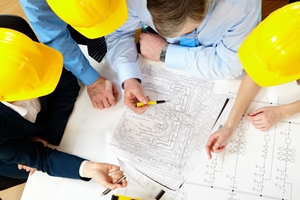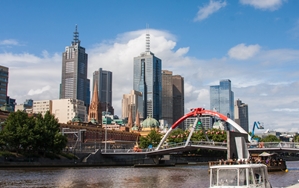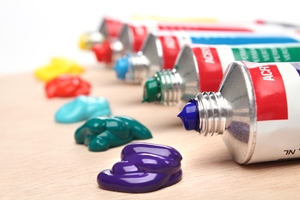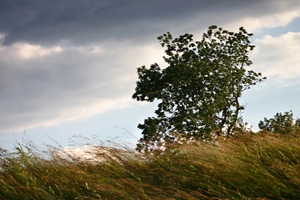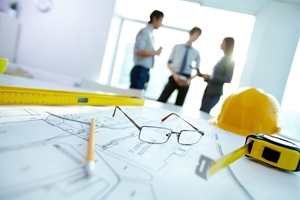Becoming a franchisee can be both rewarding and lucrative. However, it might not be for everybody.
Before you decide to enter the business world as a franchise representative, there are some keys questions you need to get answered.
What is the franchise model?
No two companies are alike, and even though owning a franchise gives you autonomy, at the end of the day, you're still a part of a bigger whole.
With this in mind, it's important to understand how the franchise you're considering is modelled. This means finding out what specific rules are in place to ensure consistency between services, products and brand. This may also include things like opportunity for expansion.
Every company will have its own special franchise model in place, so make sure yours suits you before signing on the dotted line.
What are the costs of the franchise?
Becoming a franchise owner is one of the simplest ways to run your own business and be your own boss. However, even though it can be much more affordable than starting a business from scratch, it will still cost money.
Make sure you understand all the costs associated with running your franchise, from rent to account fees and everything in between. Additionally, keep in mind the cost of hiring employees, such as liability and workers' compensation insurance.
What kind of support will your franchise receive?
Different companies may be more hands on than others, so it's important to know what kind of support you can count on from the home office for your store.
For instance, will the company offer training and professional development courses to help you stay up to date on the latest products and business techniques? Chances are you'll want to be a franchisee who can depend on ongoing support while also maintaining your freedom.


